|
10. Dawn of the Dead (1978) – Although commonplace today, it was once unusual to have a film in which your lead characters were anything other than white males. This has since changed, and part of the reason for the change was certain filmmakers in the vanguard, making films on the cheap, were able to cast their films differently. One of these was George Romero, whose brilliant Night of the Living Dead came out of the 1960s, making a sequel to anticipate the 1980s and the years to come. Horrific, hilarious, and acerbic as hell, Dawn of the Dead is as complete an experience as one could want from a motion picture and has been imitated to death ever since. Obviously a huge influence on Dario Argento, who went on to make some terrific pictures himself, including Deep Red with David Hemmings. However, like so many of Romero's films, including the early The Crazies, the films are really about the breakdown of civil society and what remains when that happens. The flashier remakes of the Dead films and The Crazies both capture the horror but only on the surface level; Romero's themes are largely untouched. 9. Jaws (1977) – Along with Star Wars, the picture that ruined Hollywood, but still a perfect picture, behind-the-scenes trouble be damned. Incredible cast, directed with an energy Spielberg would seldom display afterward, in an adventure film that also satirizes machismo and adventure films in general. 8. Aguirre, the Wrath of God (1972) – Werner Herzog’s first collaboration with Klaus Kinski, in an authentic-feeling drama about conquest and insanity. Filled throughout with unforgettable images, a film about a lunatic made by lunatics.
7. A Night at the Opera (1935) – The final act of this picture is still the funniest sustained series of comic scenes I have ever experienced. Skip the singing, but don’t miss Harpo’s piano solo. 6. Le Samourai (1967) – Some folks find this picture static; I get it. A striking series of images, most taken from iconic gangster films of the 1940s, given Jean Pierre Melville’s eye for detail and the phenomenon that is Alain Delon. What does it mean? Perhaps not as much as it supposes, but even as a pop sensation it is nearly unbeatable for its aesthetic values alone. Hugely influential, most obviously on John Woo and Chow Yun-Fat. 5. Blade Runner (1981) – Yes, the production design is incredible. Yes, Rutger Hauer gives one of the great performances in a melodrama of all time (and Harrison Ford gives an underrated one in the bounty hunter role). I have written a long essay about this film that appeared in my first book, Dissenting Views, and it has remained in my thoughts ever since I first saw it more than twenty years ago. An astonishing and all-too-human film.
The Maltese Falcon (1941) – This was John Huston’s first goddamn film. For me, the greatest Hollywood script ever written, delivered by the greatest cast ever assembled: Bogey, Mary Astor, Sidney Greenstreet, Peter Lorre…a pop masterpiece, sure, but truly dazzling in execution. So many famous lines I could quote, but you know them all already; and if you don’t, go rectify that situation, for god’s sake. 1. 2001: A Space Odyssey (1968) – Stanley Kubrick is my favorite director, and for me every film he made was a masterpiece perhaps apart from Killer’s Kiss – but even that has points. (I leave out his director-for-rent picture Spartacus, which is quite good but not in the same arena as his own work.) There’s not much I can say about this picture that hasn’t been said already, but it is the single most influential film on my life and my own literary work. And since this entire list is subjective, as this whole subjective will be, that is the best I can say for it. It lives, it recurs in my thinking and my writing, and I think about it all the time both on the level of its technical execution and the vividness of the ideas within.
0 Comments
20. The Parallax View (1974) – This was one of the key film experiences of my youth and has never lost its strange power. Dreamlike at times, spectacular in detail, and brilliantly right about American politics, I wrote a long essay about the film and Robert Kennedy’s murder in my book Dissenting Views. 19. The Ruling Class (1972) – I find that people are not generally familiar with this picture, although it lies waiting to be discovered by this and future generations. Hilarious, acerbic, savage in its depiction of class, filled with odd bursts of song, and then finally, shockingly, violent – this is one of the unique film experiences one can have. The lead role is perfect for Peter O’Toole and he is perfect in it; if you can, read nothing about it and then see it with no distractions. 18. The Searchers (1956) – The one John Ford picture that really hits home with me, this bizarre but often gorgeous film reveals a real ambivalence in America’s treatment of the Indian populations and the Western genre in general. Wayne is brilliant as a character who becomes an anachronism in his own time and – despite his own “heroic” actions – finds himself forever isolated from the world. See a brief discussion of it between myself and film historian Joseph McBride in the interview section of Dissenting Views II. 17. Dr. Strangelove (1964) – The final scene is still, I think, the funniest I have ever seen, and the laughter chokes in a series of atomic blasts. Kubrick famously tricked George C. Scott into delivering a crazy, off-kilter performance by only using those takes, but it somehow works beautifully in the context of this truly brilliant movie. No matter how many times you see it, the thing gets better and better. 16. Chinatown (1974) – Robert Towne’s terrific noir script is given the old Hollywood treatment in a film that one-ups many of the great 1940s films it evokes. Incredible performances by Nicholson, Dunaway, and Huston, and a story that taps into the true story of how Los Angeles came to be.
13. The 39 Steps (1935) – The greatest of Hitch’s British films in my opinion (with apologies to The Lady Vanishes), most of its large budget went to the stars Madeleine Carroll and Robert Donat – money well spent. Perfect of its kind, with memorable scene after memorable scene and beautiful chemistry between the leads, The 39 Steps has lost none of its zip 80 years later. Also note the stunning scene midway through the film, as Donat finds himself at a farmhouse owned by a lonely woman and her vicious husband.
12. Grand Illusion (1937) – One of the most famous films of all time, and justly so, Jean Renoir’s masterpiece deals with friendship, war, and class in equal measure. It is also one of the first prison camp films, a genre that produced The Great Escape, Stalag 17 and many others of lesser quality. Hard to express the depth of humanity that Renoir reaches, with the help of his incredible cast, including Jean Gabin and Erich von Stroheim. Renoir's camerwork, in this and other films like La Bete Humaine and Regle de Jeu, is so identifiable it infected close family members; by accident, I happened to catch The Spy Who Loved Me on television recently and marveled at the cinematography in the opening. (Seriously, go back and watch it. Amazing.) The credits later revealed: Claude Renoir, his nephew. Ah. 11. City Lights (1931) – When you look back on this film, like many of Charlie Chaplin’s films, the elements contained seem very simple. And yet the effect, taken together, is devastating – both in the comic but then, especially, the emotional elements. The ending has been called the greatest of all time by more than one critic, and more than one auteur, and it is entirely justifiable. 30. Anatomy of a Murder (1959) The kind of picture they don’t make anymore; Otto Preminger directs James Stewart in a courtroom drama with a sensational Lee Remick and a young John Cassavetes. Old-fashioned, to be sure, although some of the dialogue was quite shocking in its day. Still compelling, terrific drama, and Stewart is at his best. 29. 29. Ran (1988) Earlier I wrote about Throne of Blood, which is Kurosawa’s Macbeth; in this film he adapts King Lear and I think it works even better. A gorgeous film, with hundreds of extras in scenes that would be done with CGI now, alas, if it were even attempted; visually stunning, and emotionally powerful. 28. The Thing (1982) John Carpenter’s dazzling remake of the clunky Hawks original is one of the most effective horror films of all time. One of Kurt Russell’s most iconic roles, but the rest of the cast is great as well, building incredible tension to the final confrontation. Fascinating premise, great mood, great music, and a story that has led to endless speculation. As perfect as this sort of thing gets. 27. The Rules of the Game (1929) This examination of power and class still resonates today, and Renoir’s deep focus camerawork has lost none of its power. I find myself having to skip the hunting scene these days…but this is a justly famous and renowned film. 26. The Big Sleep (1946) Howard Hawks again, from a Raymond Chandler novel, starring Bogey and Bacall. Incredible picture. For me, miles ahead of Casablanca in entertainment value. The story doesn't really make sense, but what the hell - every scene crackles. 25. To Have and Have Not (1941) Yep, Hawks. Bogey and Bacall. “You know how to whistle, don’t you?” Fantastic script, unbeatable chemistry, loose, funny, brilliant. Hawks had told Ernest Hemingway on a hunting trip that he could make a great movie "out of your worst novel." He did, with the help of screenwriters William Faulkner and Jules Furthman.
22. Night of the Iguana (1967) It’s Richard Burton against three women – Ava Gardner, Deborah Kerr, and a delicious post-Lolita Sue Lyon – in a terrific Tennessee Williams play. John Huston directed this dark night of the soul in a picture that was not particularly well-received in its day, but works fantastically well now. The performances are all first-rate, with Burton perfectly cast as a boozy defrocked preacher. 21. The Shop Around the Corner (1939) A perfect Ernst Lubitsch concoction I find irresistible – my favorite Christmas film of all time. Gloriously entertaining. 40. Atlantic City (1981) Directed by Louis Malle, written by the playwright John Guare, and starring Burt Lancaster in his last great part, this about aging gangsters and their molls. “You shoulda seen the Atlantic Ocean in my day, kid,” Lancaster muses. Also features Susan Sarandon, Malle's then-wife, who does memorable things with lemons in this picture. 39. Butch Cassidy and the Sundance Kid (1969) Newman and Redford in a William Goldman script, with the lovely Katharine Ross as the teacher they both love. One of the first antihero Westerns, as our protagonists are not only the bad guys, likable as they are, but they run away from a fight – all the way to Latin America. We like em anyway, setting up an inevitable (and moving) conclusion. Redford became a star and the rest is history... 38. Invasion of the Body Snatchers (1978) Much more effective, in my opinion, than the McCarthy-era original, and incredibly tense. A masterpiece of paranoia, directed by Philip Kauffman, featuring Donald Sutherland and Brooke Adams, as well as excellent support from Leonard Nimoy (brilliantly cast) and a young Jeff Goldblum. Famously horrific ending. 37. Habla con Ella (2002) Pedro Almodovar’s films take points of view previously unseen or marginalized in cinema and brings them to the forefront. So it is with this film, which ends up being an oddball love story, difficult to describe. 36. The Third Man (1943) A noir classic featuring Joseph Cotton and Orson Welles again, with direction from Carol Reed. Despite not appearing in at least the first two reels, Welles dominates the proceedings. 35. Double Indemnity (1944) The only film I know of in which an insurance investigator is the hero, in the unlikely form of Edward G. Robinson. Billy Wilder cast Fred MacMurray as the bad guy – to great effect – and relied upon the great Barbara Stanwyck as the very definition of femme fatale. Hugely entertaining, with a classic final line. A must. 34. Close Encounters of the Third Kind (1979) Richard Dreyfus gets his hands dirty, Francois Truffaut plays an amazingly humane scientist, and Steven Spielberg indulges his blonde girl fantasy. Dazzling, perfectly crafted picture, which also has some conspiratorial juice within. 33. Blowup (1968) As a metaphor for the aftermath of the JFK assassination, Antonioni’s depiction of a fashion photographer (played by David Hemmings) who may have witnessed a murder stayed faithful to the theme, if not the incident, of Jorge Cortazar’s short story. 32. His Girl Friday (1940) In my opinion, much better than Bringing Up Baby, this fast-talking farce still works brilliantly today. Cary Grant, Rosalind Russell, and an actor that looks a lot like Ralph Bellamy are a triangle for the ages, as this story has lost none of its steam over the decades. Hilarious, pointed, and clockwork in its effectiveness, this is one of Hawks’s best films.
31. JFK (1991) People like to criticize some of the things Oliver Stone got wrong in this picture, as inevitably some of the details are not quite right. They are all minor and relatively unimportant compared to what he did get absolutely dead on. The dense material is handled brilliantly in Stone’s montage style, and the cast could not be more spectacular. Kevin Costner has a weight (Stone invoked Gary Cooper, and that is exactly right) that carries a controversial narrative to its startling confusion. A great film. 50. There Will Be Blood (2007) There’s a lot of John Ford-ness in this P. T. Anderson film, but it has a force, and weight, that is all its own. It’s pragmatic capitalism versus old-time religion in a battle for the soul of America, but there are only losers in this conflict. My favorite film of the 21st century so far, along with David Fincher's Zodiac. 49. Being There (1979) The final film of Peter Sellers, a strange and darkly comic meditation on money, religion, and pop culture, Being There also slyly portrays how power operates in the world. Chance the Gardener is an idiot who everyone mistakes for a genius in Jerzy Kozinski’s story, and his mindless parables are interpreted by everyone into precisely what they want to hear. (Although it turns out Kozinski may have plagiarized his source material). Pay careful attention to that final burial scene! 48. Night Moves (1977) Movies don’t get much more 1970s than this one, a private detective picture in which the private detective doesn’t detect anything and arguably causes more harm than good. Gene Hackman plays the lead, and although he never has anything but the best intentions – unlike everyone else in the film – he always stays a couple moves behind (the title is a chess pun). Striking dialogue, terrific scenes, and one of the strangest and most memorable endings of the decade.
46. Broadcast News (1987) A movie that looks more and more like a time capsule as the major networks become increasingly irrelevant, but with a core story will never get old. Holly Hunter is a top news producer, Albert Brooks a cost-effective reporter, and William Hurt in his greatest role, as a likable bumpkin with a gift for inducing trust. The scene in which Brooks explains to Hunter why she cannot end up with Hurt is probably my favorite scene in any movie ever. 45. Throne of Blood (1957) One of Akira Kurosawa’s Shakespeare adaptations, this is Macbeth with a clever transposition to feudal Japan. The great Toshiro Mifune plays the doomed would-be king, whose final death scene is justly famous. (The archers were shooting real arrows.) 44. Citizen Kane (1941) Yeah, I know every critic’s poll puts this at #1. And it is an amazing film, a fantastic technical achievement, with a few scenes that are as memorable as anything ever put on screen. I love the picture. I just love other pictures more. Watching film is as subjective as it gets; Casablanca isn’t on this list at all, and I like that very much. 43. Masculin-Feminin (1966) Godard fell in love with Anna Karina, and you can see why. Light, funny, and surprisingly touching, this is a deconstructed romance about the “children of Marx and Coca-Cola.”
|
AuthorThis is Joe Green's blog. Archives
August 2021
Categories |
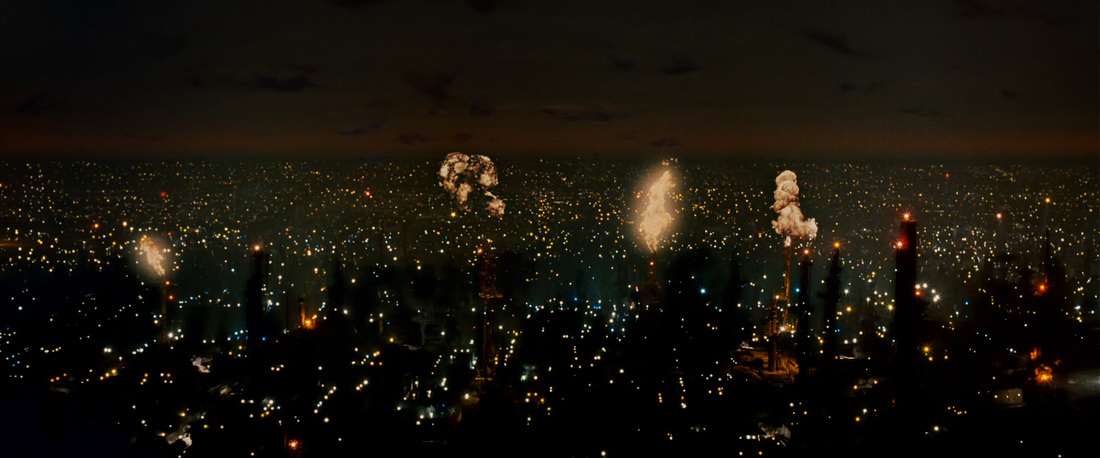
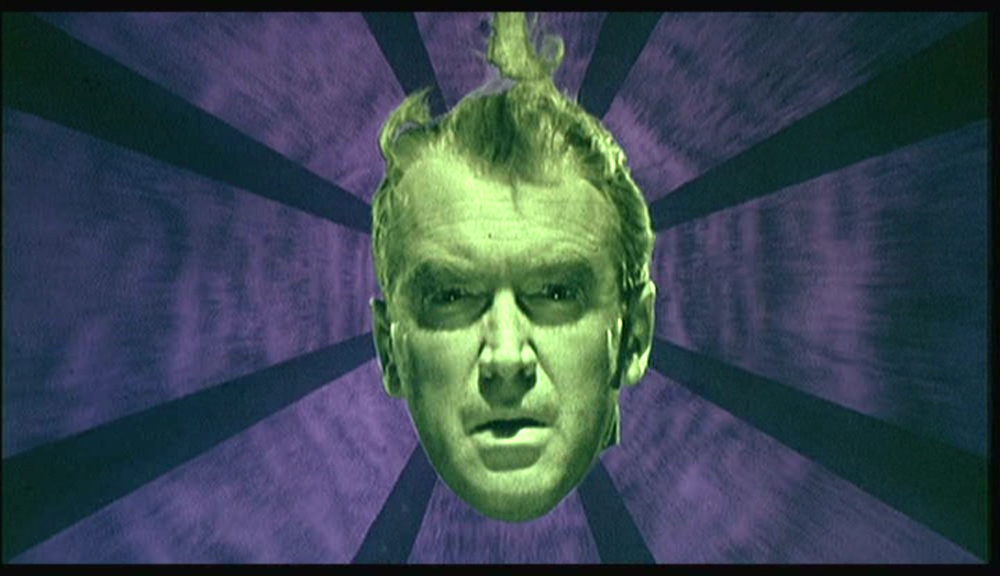
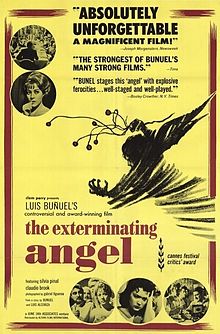
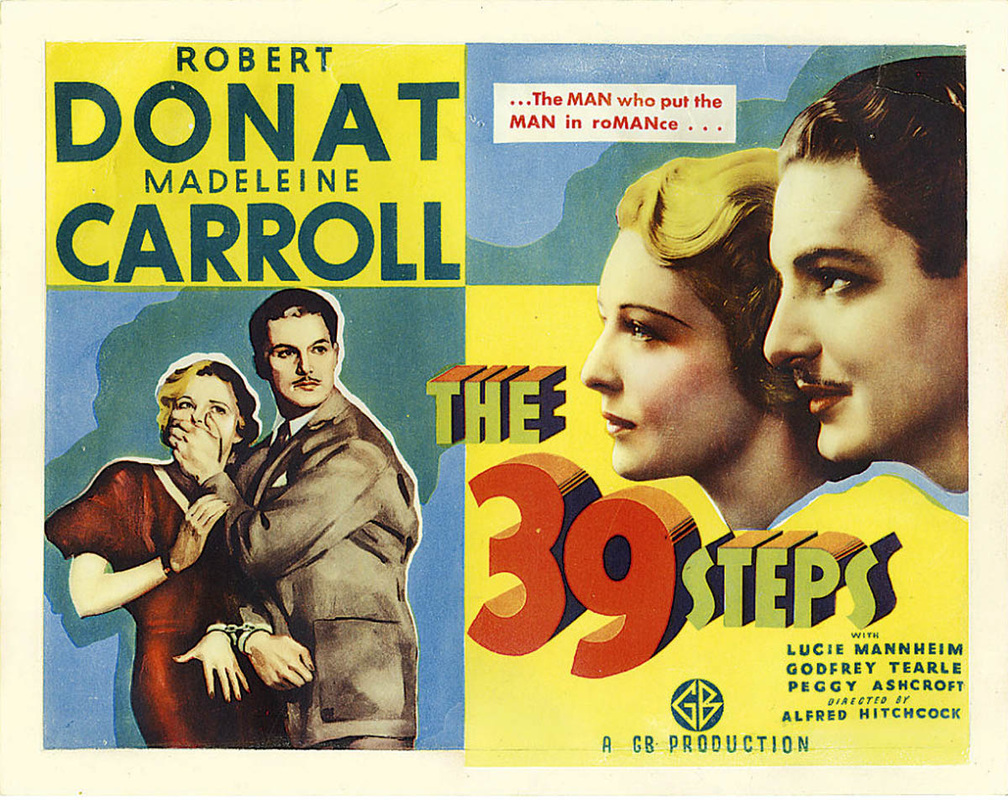
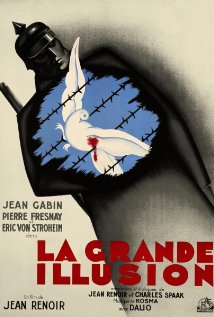
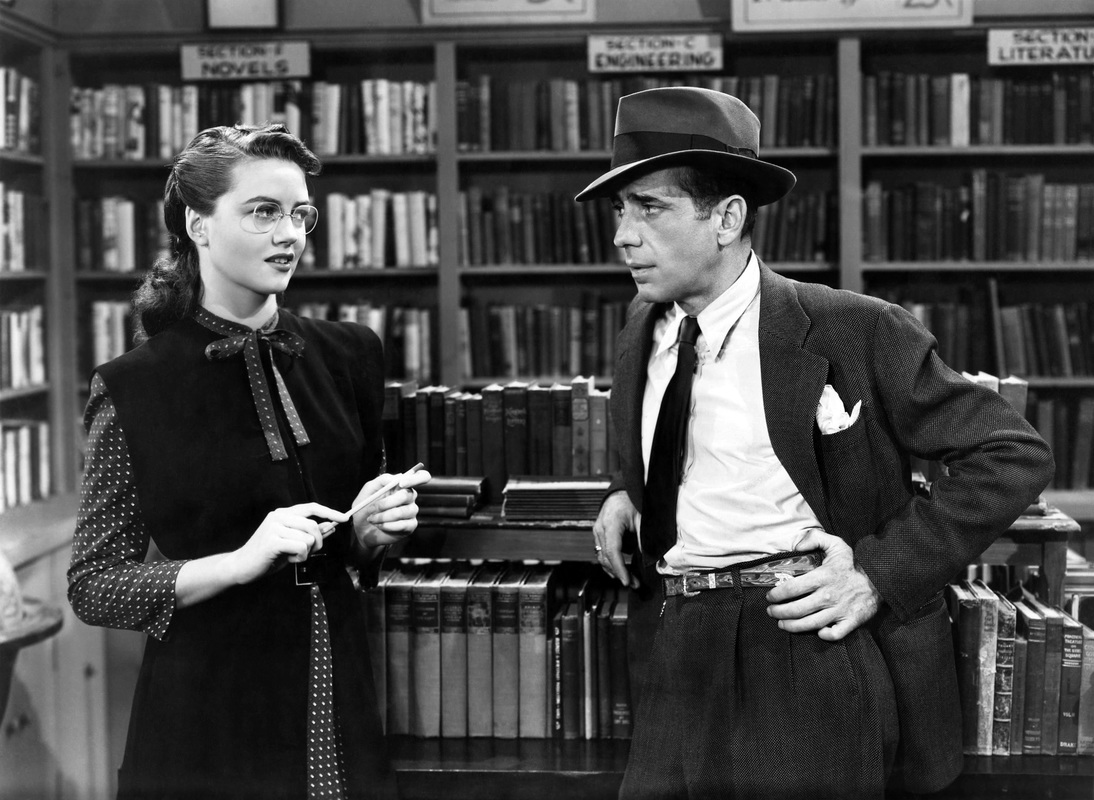
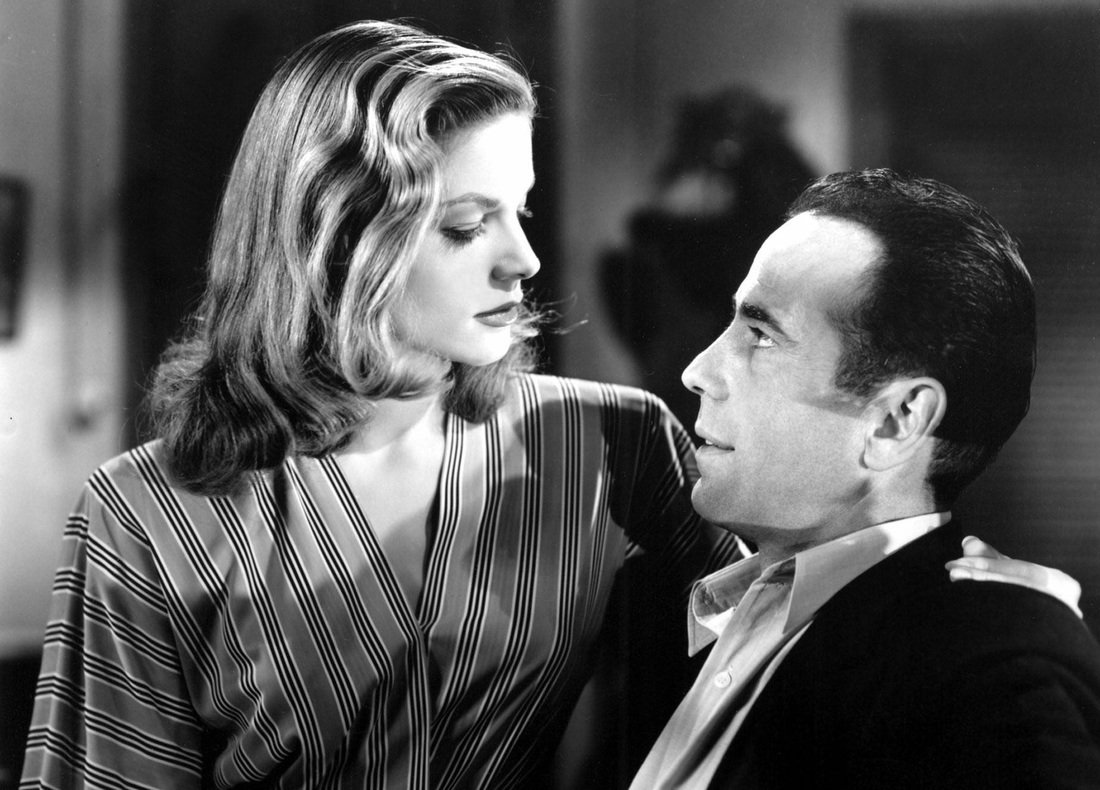
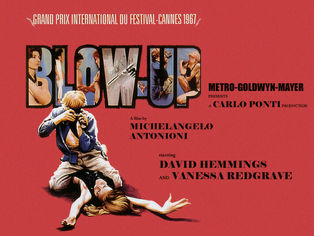

 RSS Feed
RSS Feed
